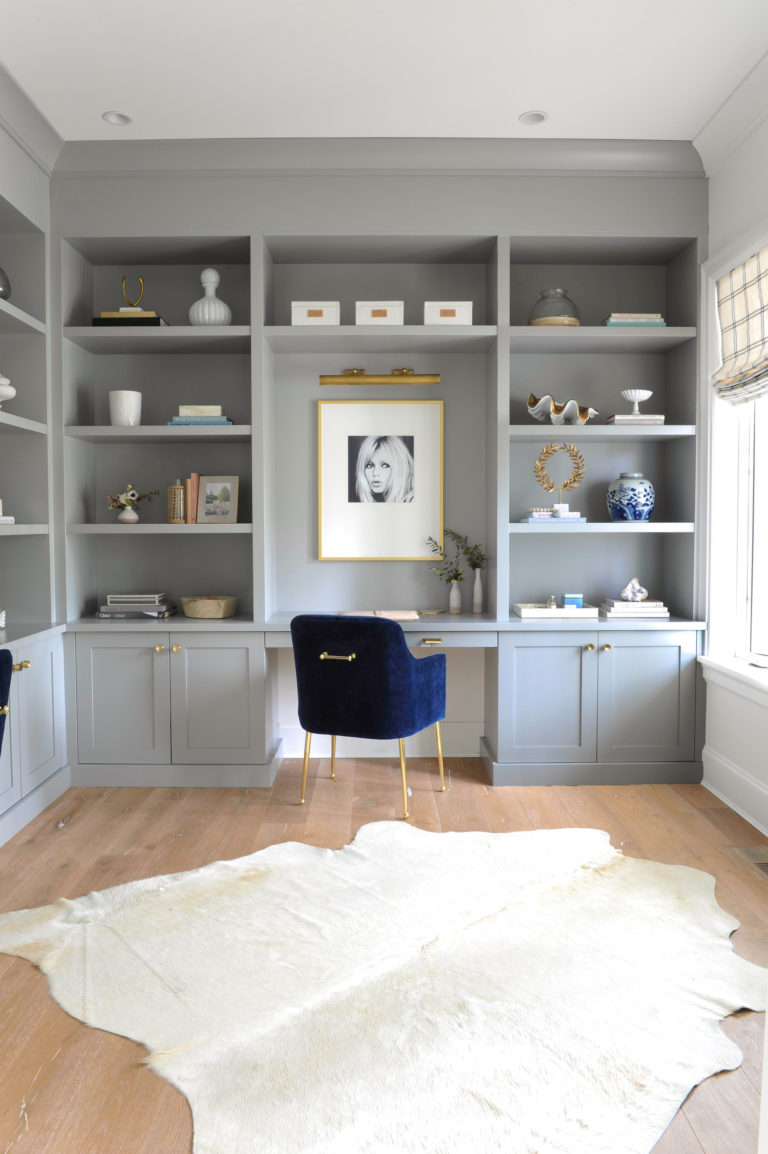
Creating a functional and aesthetically pleasing DIY workspace at home is essential for maximizing productivity and well-being. With the rise of remote work, incorporating creativity, comfort, and practicality into your home office design is more important than ever. Here’s a comprehensive guide on how to set up a DIY workspace that meets your needs.
Choosing the Right Location
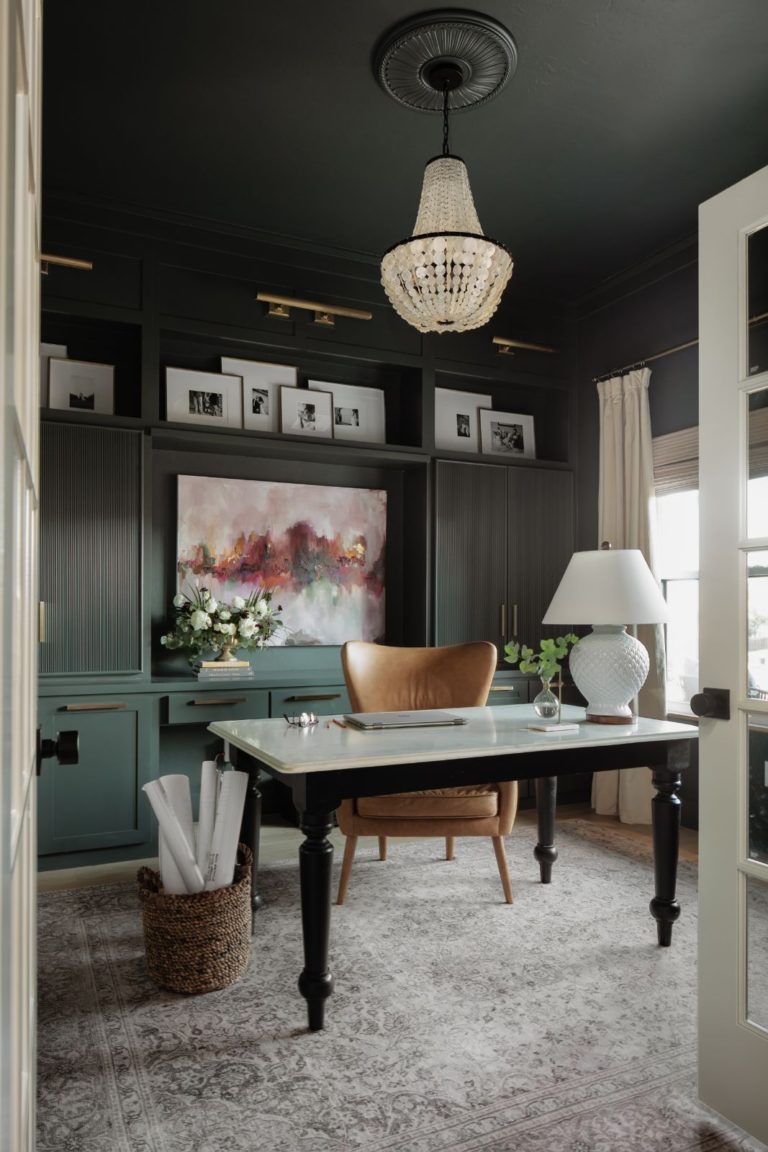
The first step in designing your workspace is selecting an appropriate location. Ideally, you should establish your workspace in a quiet area away from distractions and noise. Setting up in a dedicated room is optimal, but if that’s not feasible, consider a quiet corner of your living space. Ensure the area has exposure to natural light, as this can improve your mood and productivity considerably. According to research, natural light can enhance alertness and reduce feelings of depression, making it a crucial factor in your workspace setup[1][8].
Furniture and Ergonomics
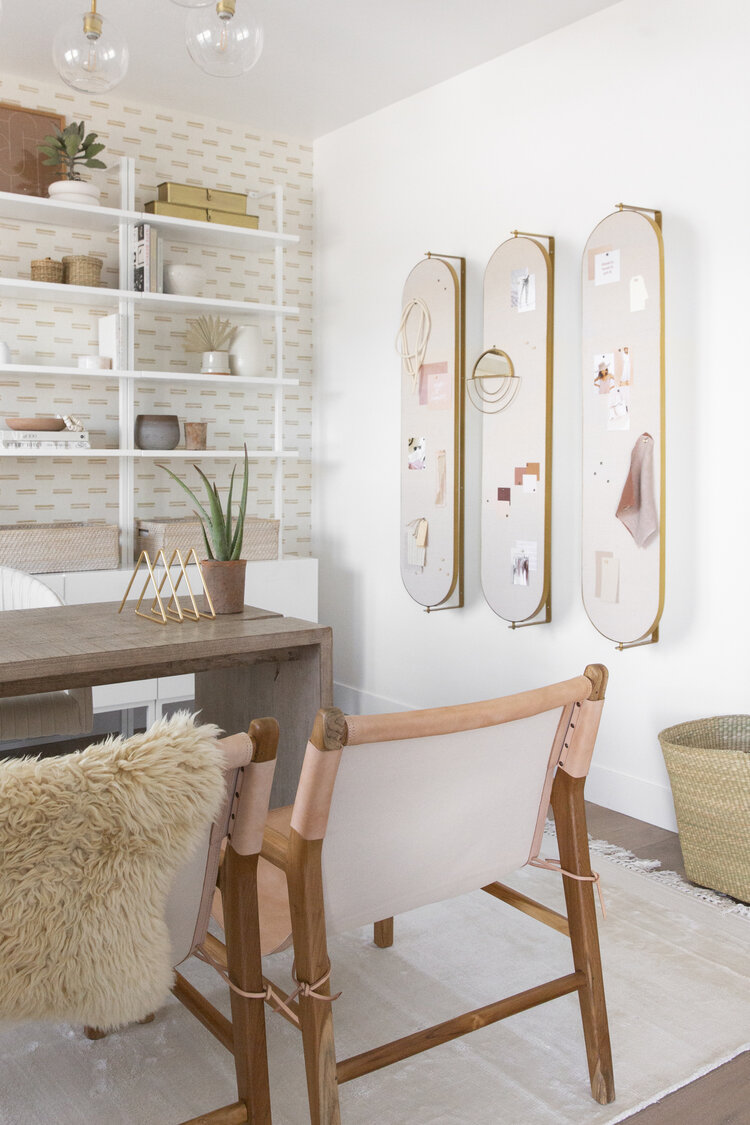
Selecting the right furniture is vital for comfort and productivity. Invest in a supportive chair and a suitable desk height. An ergonomic chair with adjustable settings and lumbar support will keep you comfortable during long hours of work. Your desk should ideally allow you to maintain a 90-degree angle with your arms, which helps prevent repetitive strain injuries[6][9]. If possible, consider a height-adjustable desk that offers both sitting and standing options.
For smaller spaces, smart furniture choices can maximize functionality. Utilize foldable desks or wall-mounted desks that can be tucked away when not in use. This setup will help keep your space clutter-free and multi-functional, especially in limited areas[5][8].
Lighting Considerations

Proper lighting is critical in a home office. A workspace well-lit with natural light can foster creativity and keep you energized. However, if natural light is scarce, supplement it with high-quality, adjustable lighting options. Ensure that your lighting choices are not too harsh to avoid eye strain. Using desk lamps with adjustable brightness can help maintain a comfortable working environment[6][8][9].
Organization and Clutter Management
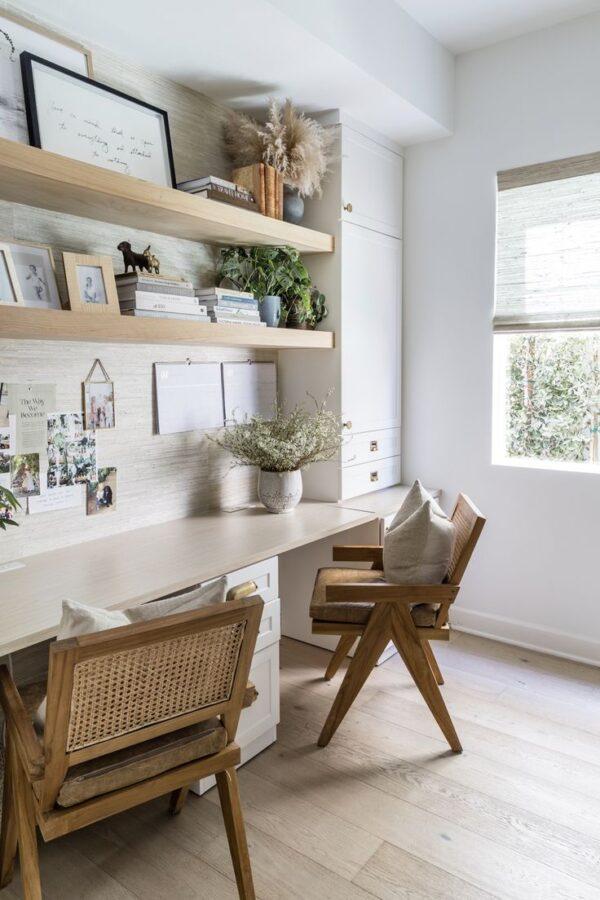
A tidy workspace is essential for productivity. Implement effective storage solutions, such as filing cabinets, wall-mounted shelves, or under-desk storage bins to keep supplies organized. Utilize floating shelves for books and decorations, and a pegboard for easy access to tools and supplies, keeping your desk surface clear and organized[6][8]. Additionally, develop a routine to clear your workspace at the end of each day, ensuring that digital files are also organized to reduce clutter and improve efficiency[8][9].
Adding Personal Touches
Incorporating elements of personal style can make your workspace feel inspiring and comfortable. Add motivational artwork, personal photographs, or decorative plants to bring life to your office. Studies show that having greenery in your workspace can reduce stress and increase productivity[2][5][9]. Choose colors that resonate with you; for instance, greens and blues can be calming, while yellows can infuse energy into your space[1][9].
Tech and Setup Essentials
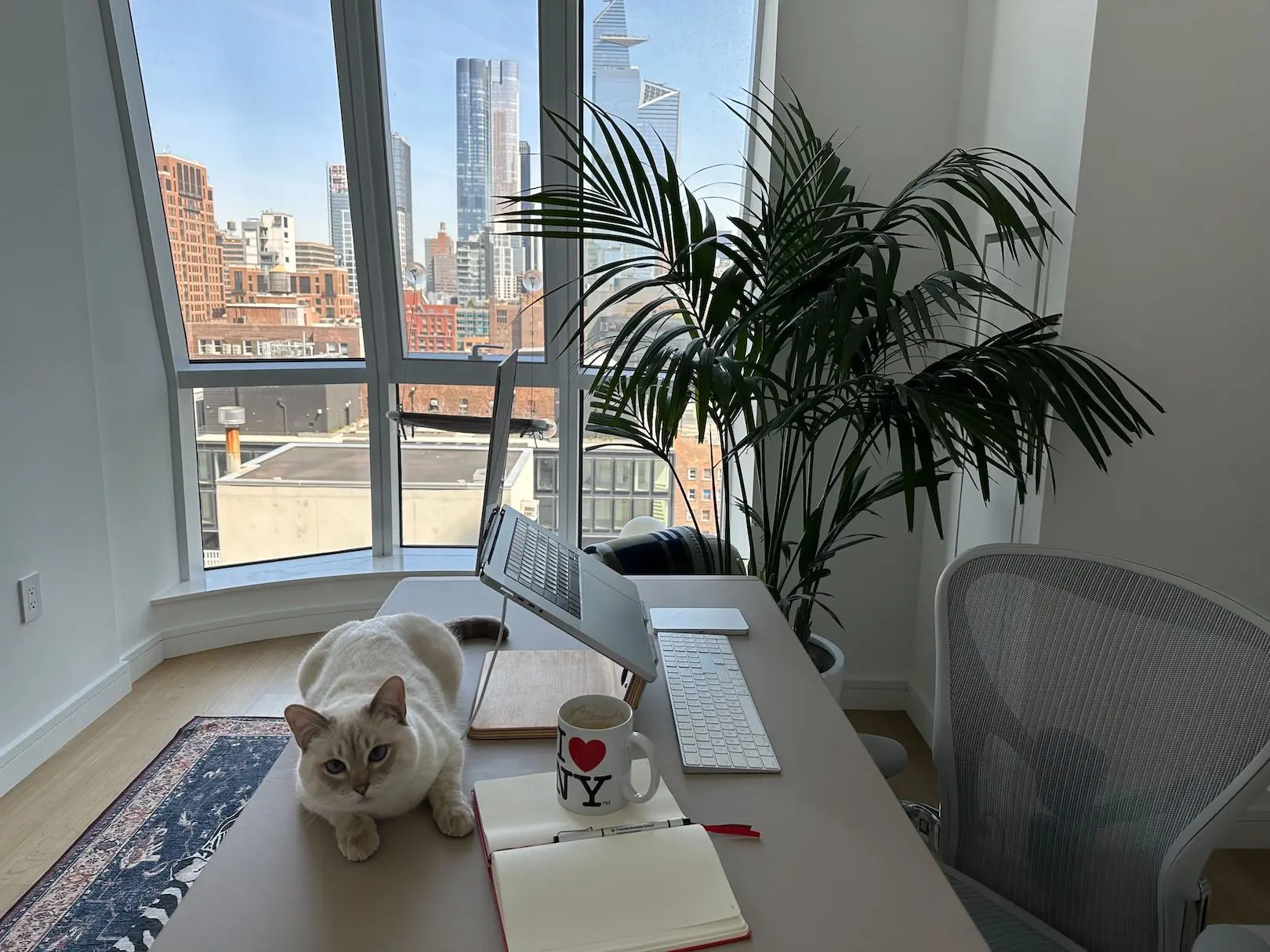
A functional workspace should be equipped with the necessary technology. High-speed internet is non-negotiable for seamless communication and productivity. Multiple monitors can enhance efficiency, particularly for tasks requiring multitasking, while a good-quality headset can facilitate clearer communication during calls and video meetings[6][8][9]. Additionally, consider investing in ergonomic peripherals, such as an adjustable keyboard and mouse, to maintain a comfortable typing position and prevent strain injuries[6][9].
Creating a Distraction-Free Zone
To cultivate a productive work environment, design your workspace to minimize distractions. If possible, avoid setting up your home office near high-traffic areas of your home, like the living room or kitchen. If you share your space with others, consider using room dividers to create a sense of separation. Setting clear boundaries about your working hours can also help mitigate interruptions[8][9].
DIY Projects for Customization
For those looking to personalize their workspace, consider engaging in DIY projects. You can enhance functionality through upcycled furniture or create unique decor items from everyday materials. Examples include crafting a custom-built desk, creating decorative storage solutions, or designing a functional dry-erase board to keep track of tasks. These projects not only allow for creativity but also ensure your workspace fits your specific needs[7][10].
Conclusion
Designing a DIY workspace at home requires careful consideration of your environment, furniture, lighting, organization, technology, and personal touches. By creating a space that is both functional and reflective of your style, you can enhance your productivity and enjoyment of remote work. Remember, the goal is to foster a healthy work-life balance, so take the time to craft a workspace that suits you best.
Get more accurate answers with Super Pandi, upload files, personalized discovery feed, save searches and contribute to the PandiPedia.
Let's look at alternatives:
- Modify the query.
- Start a new thread.
- Remove sources (if manually added).